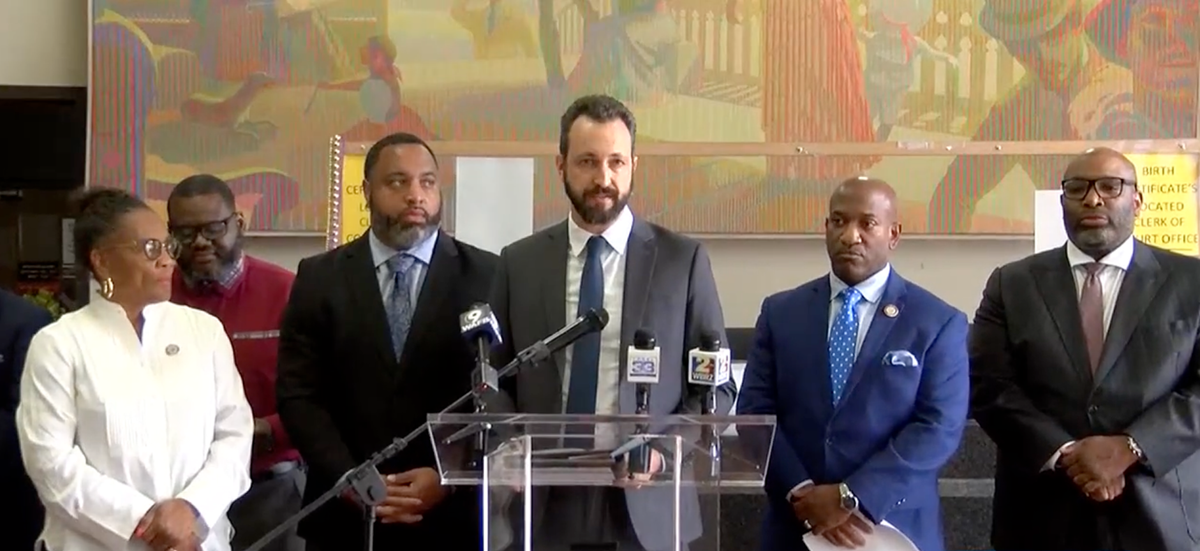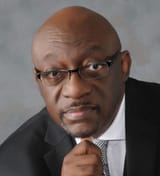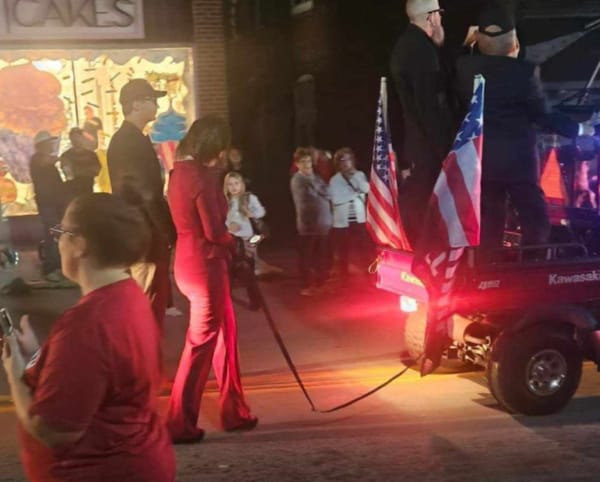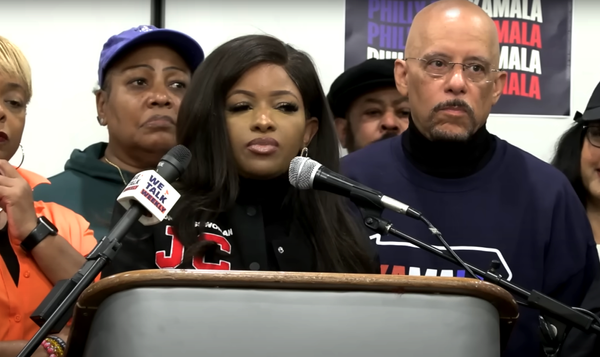Metro Council Members Sue East Baton Rouge Over New District Map

BATON ROUGE, La. — In a pivotal move to safeguard equitable representation, a coalition of Metro Council members and residents from East Baton Rouge Parish has filed a federal lawsuit against the recently adopted district map, asserting it violates the Voting Rights Act and disenfranchises the African American community.
The lawsuit, announced during a press conference held Wednesday by five Black Metro Council members and two local citizens, challenges the district map approved in 2022. The plaintiffs contend the map disproportionately favors white residents despite African Americans being the largest racial group in the parish. Specifically, the map allocates seven of the 12 council seats to white-majority districts, a disparity the plaintiffs argue is unjust and unreflective of the parish’s demographics as recorded in the 2020 census.
Legal Challenge to District Map
Attorney William Most, representing the plaintiffs, delivered a forceful statement during the press conference: “We are here today to announce the filing, just minutes ago, of a new federal voting rights lawsuit against the Parish of East Baton Rouge and others. The map set to take effect in 2025 assigns seven seats to white-majority districts, leaving only five for majority-Black districts, despite African Americans being the largest racial group.”
Council Members' Concerns
Councilman Cleve Dunn Jr. expressed deep concerns over the council’s decision to pass the map, which he believes fails to ensure fair representation. Dunn highlighted previous attempts to create a more balanced 6-6 map, which did not garner the necessary support. “We presented maps where we feel it was equitable, a 6-6 council, which did not get the seven votes to pass, and our colleagues voted 7-5 to maintain the status quo,” Dunn stated.
Public Outcry and Controversy
The approval of the new map followed a contentious 2022 special meeting that witnessed significant public opposition. During the meeting, one resident vehemently criticized the proposal, saying, “The fact that you’re seriously entertaining passing the map that has five majority-white districts is asinine.” Despite such strong objections, the map was approved, prompting the current legal challenge.
Defense of the Map
Councilman Aaron Moak, who supported the new district boundaries, defended the map’s legality and alignment with demographic data. “We tried to draw multiple maps. We tried to draw 7-5. We tried to draw 6-6, but everything fell out of the guidelines. It would have been in violation of the way East Baton Rouge Parish is laid out and the population,” Moak explained.
Additional Defendants
The lawsuit also names Secretary of State Nancy Landry as a defendant. Landry’s office has refrained from commenting on the ongoing litigation.
Community and Religious Appeal
Plaintiff and former Zachary Council Member Lael Montgomery invoked religious principles in his critique of the new map, linking the struggle for fair representation to broader issues of justice. “Since y’all love the Ten Commandments and y’all want to put them in the schools, let’s live by them,” Montgomery urged.
Community Support and Next Steps
To rally community support and provide detailed information about the lawsuit, the council members have launched a dedicated website. This platform also facilitates donations to fund the legal battle. Interested individuals can visit www.batonrougefaircouncil.com to learn more about the case, contribute to the cause, and stay updated on the lawsuit’s progress.





